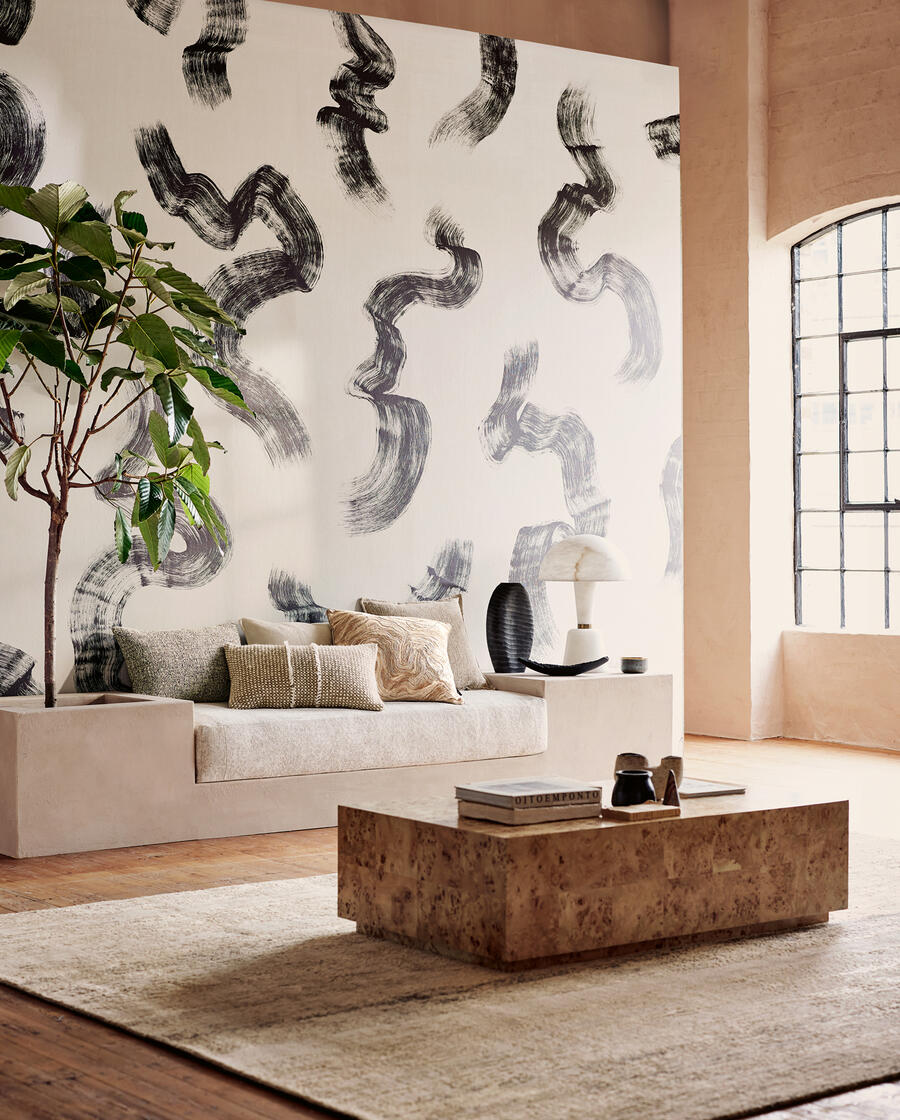Pratt interior design students have created the first green residence hall room, titled "1702 - Living Laboratory." The space includes the sustainable renovation of the kitchen, bathroom, and living area along with energy-efficient lighting, new storage and shelving options, and new furniture using wood from the original residence hall.
The project began in Spring 2009 as an interdisciplinary studio course that examined the ways that campus and urban living can be made greener and healthier. Students were able to design a space that is energy efficient with a variety of sustainable design features that have both the student and the facilities needs in mind. The residence will account for less water and energy use with a reduction of green house gasses by an estimated 10 percent.
"The Living Laboratory project exemplifies design education at its most relevant—students and faculty from different professions working with the institution to make scalable change that is economically feasible and considers the environment," said Debera Johnson, Academic Director of Sustainability.
"Ultimately, this project reduces Pratt's carbon-footprint, creates a living lab for the educational community, and has given our students a practical experience in sustainable design that will add real world value to their portfolios," she added.
Willoughby Hall is a vintage 1960s-style building with approximately 300 apartments and relatively low greenhouse gas emissions due to its compactness and minimal air conditioning. One of the challenges was to incorporate radical design elements and to reduce water, lighting, and energy usage in an already efficient space. To accomplish this, the kitchen, bathroom, and living area were renovated using the three tenets of sustainable design - reinvent, reuse/recycle -- and choose environmentally-friendly and locally-sourced materials. The redesign utilized the original kitchen cabinets and kitchen sink, wooden furniture, and original concrete flooring.
Sustainable features of room 1702 include energy control and monitoring systems, low VOC paints, resurfaced cabinets, and new furniture designs - including chairs, desks, a modular shelving system, and rolling storage bins that maximize storage space and customization - were built from existing wooden residence hall room furniture. Additional sustainable features of the space include the use of fluorescent or LED lighting, energy star appliances, and non-toxic non-off gassing materials and finishes. The space also maximizes daylight through a white-painted countertop designed to throw natural light into the room and utilizes existing wall space to provide additional storage options for students' personal items. These aspects of the redesign reduce the need for students to bring outside products that are less efficient, use excess energy, and encourage waste upon the end of their stay.
The projected 10 percent reduction in greenhouse gas emissions was achieved through water conservation methods including low flow fixtures and an apartment-based gray water system that uses sink water to flush the toilets while reducing reduce water consumption and wastewater generation. A Danfoss temperature control valve will maintain room temperature in the heating season and prevent overheating resulting in an estimated five percent reduction in energy usage. The day-lighting, energy efficient light fixtures, and a state-of-the-art Lutron lighting control system will reduce lighting loads by an estimated 25 percent.
"Learning is a lifelong process and the green residence hall room project fostered learning and collaboration between facilities management staff and the Pratt students and professors. We learned from them and they learned from us," said Tony Gelber, Director of Administrative Sustainability.
The room will be on view to the Pratt community and visiting school groups as an exhibition space and will also be open to current students and campus visitors as a guest room and living laboratory. Visitors will learn about 1702's sustainable features through an interactive exhibition in the space that will include a video showcasing the renovation and the space's green features.






















